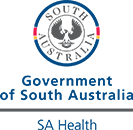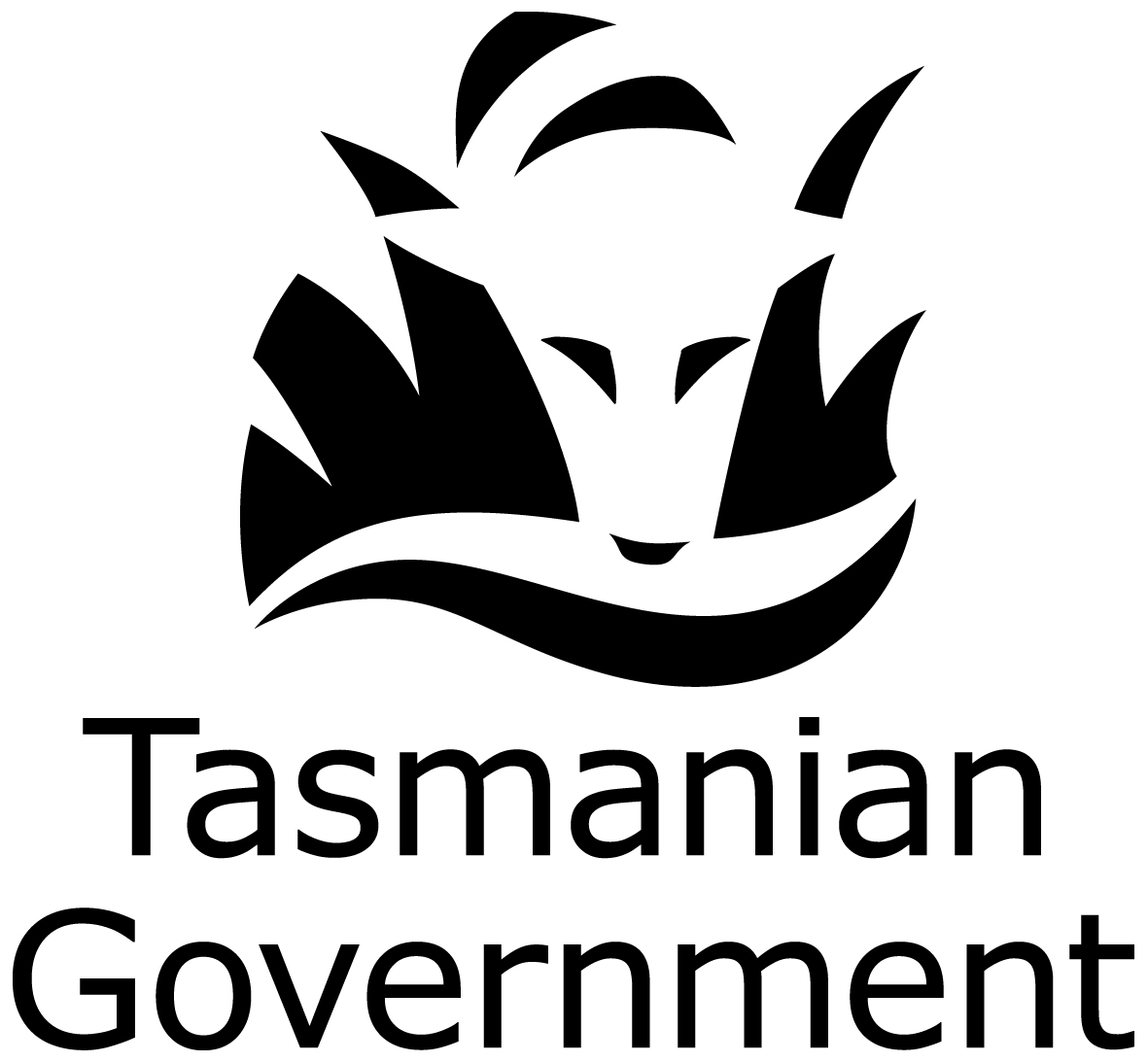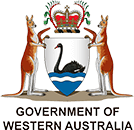What is a healthy blood pressure?
Key facts
- Blood pressure is the 'force' that keeps blood moving through your arteries.
- For most people, a healthy or 'normal' blood pressure reading is one that is lower than 130/85mmHg.
- Your blood pressure changes throughout the day depending on many factors, including your general health and activity levels.
- Blood pressure can be measured manually, with a blood pressure cuff and stethoscope, or with an automated blood pressure machine.
- You can also get devices that let you measure your blood pressure at home.
What is blood pressure?
Blood pressure is the 'force' that keeps blood moving through your arteries (blood vessels) after it leaves your heart.
Your blood pressure is given as 2 figures:
- Systolic — the pressure as your heart pumps blood through your arteries, shown as the first number.
- Diastolic — the pressure in your arteries when the heart relaxes between beats, shown as the second number.
How is blood pressure measured?
Blood pressure is measured in mmHg, which is short for 'millimetres of mercury'.
Blood pressure measurements are given as the systolic pressure 'over' the diastolic pressure. For example, 120/80mmHg would be reported as '120 over 80'.
Your blood pressure changes throughout the day. It can depend on many things, including your general health and activity levels.
What is a healthy blood pressure?
For most people, a healthy or 'normal' blood pressure reading is:
- a systolic blood pressure under 130mmHg
- a diastolic blood pressure under 85mmHg
A blood pressure reading gives an indication of how hard your heart is working.
| Systolic (mmHg) | Diastolic (mmHg) | ||
|---|---|---|---|
| Optimal (best) | Less than 120 | and | Less than 80 |
| Normal | 120 to 129 | and/or | 80 to 84 |
| High normal | 130 to 139 | and/or | 85 to 89 |
| High (known as hypertension) | 140 and over | and/or | 90 and over |
Your doctor will tell you what blood pressure is healthy for you, based on your medical history.
What is high blood pressure (hypertension)?
High blood pressure is a blood pressure reading of 140/90mmHg or more. High blood pressure is a major risk factor for:
- heart disease
- heart attack
- chronic kidney disease
- stroke
- heart failure
Find out more about high blood pressure.
What is low blood pressure (hypotension)?
For most people, low blood pressure is a measurement below 90/60mmHg. Find out more about low blood pressure.
How often should I have my blood pressure checked?
Australian adults should have their blood pressure checked by their doctor at least every 2 years.
Your doctor may also check your blood pressure as part of a Heart Health Check. This happens from:
- 30 years in people who are Aboriginal and/or Torres Strait Islander
- 35 years if you have diabetes
- 45 years in people who have not already been diagnosed with heart disease
When should I see my doctor?
If you are concerned about your blood pressure, see your doctor.
How is blood pressure measured?
Your blood pressure can be measured by:
- a doctor
- a nurse
- a pharmacist
- yourself, at home
Blood pressure checks in a clinic
Your doctor or nurse may measure your blood pressure using a sphygmomanometer. They will wrap an inflatable cuff around your upper arm. The cuff is connected to a device that measures your blood pressure.
The cuff is inflated until it feels tight. This pressure temporarily stops blood flow to your arm. You will feel pressure in your upper arm while this happens. It can be a little uncomfortable, but it shouldn't hurt.
As the cuff is slowly deflated, your blood flow is restored. Your doctor will use a stethoscope to take your blood pressure.
Automatic blood pressure machines can also be used to measure your blood pressure.
24-hour ambulatory blood pressure monitoring
Blood pressure can also be measured outside of a clinic.
Ambulatory monitoring is where you wear a device to monitor your blood pressure over 24 hours. It measures your blood pressure as you go about your normal daily activities. It can also show what happens to your blood pressure when you are asleep.
Home blood pressure monitoring
Your doctor may suggest you monitor your blood pressure at home. This may help them understand how your blood pressure changes throughout the day or how it's responding to treatment.
Hypertension Australia has advice on choosing an accurate blood pressure monitor.
Resources and support
Download the Heart Foundation blood pressure action plan for advice on how to manage your blood pressure and stay healthy.
Aboriginal and/or Torres Strait Islander people
NACCHO, the Heart Foundation and NPS MedicineWise have information on high blood pressure for Aboriginal and/or Torres Strait Islander people.
You can also call the healthdirect helpline on 1800 022 222 (known as NURSE-ON-CALL in Victoria). A registered nurse is available to speak with you 24 hours a day, 7 days a week.
Learn more here about the development and quality assurance of healthdirect content.
Last reviewed: November 2024

-cb4909.png)


















